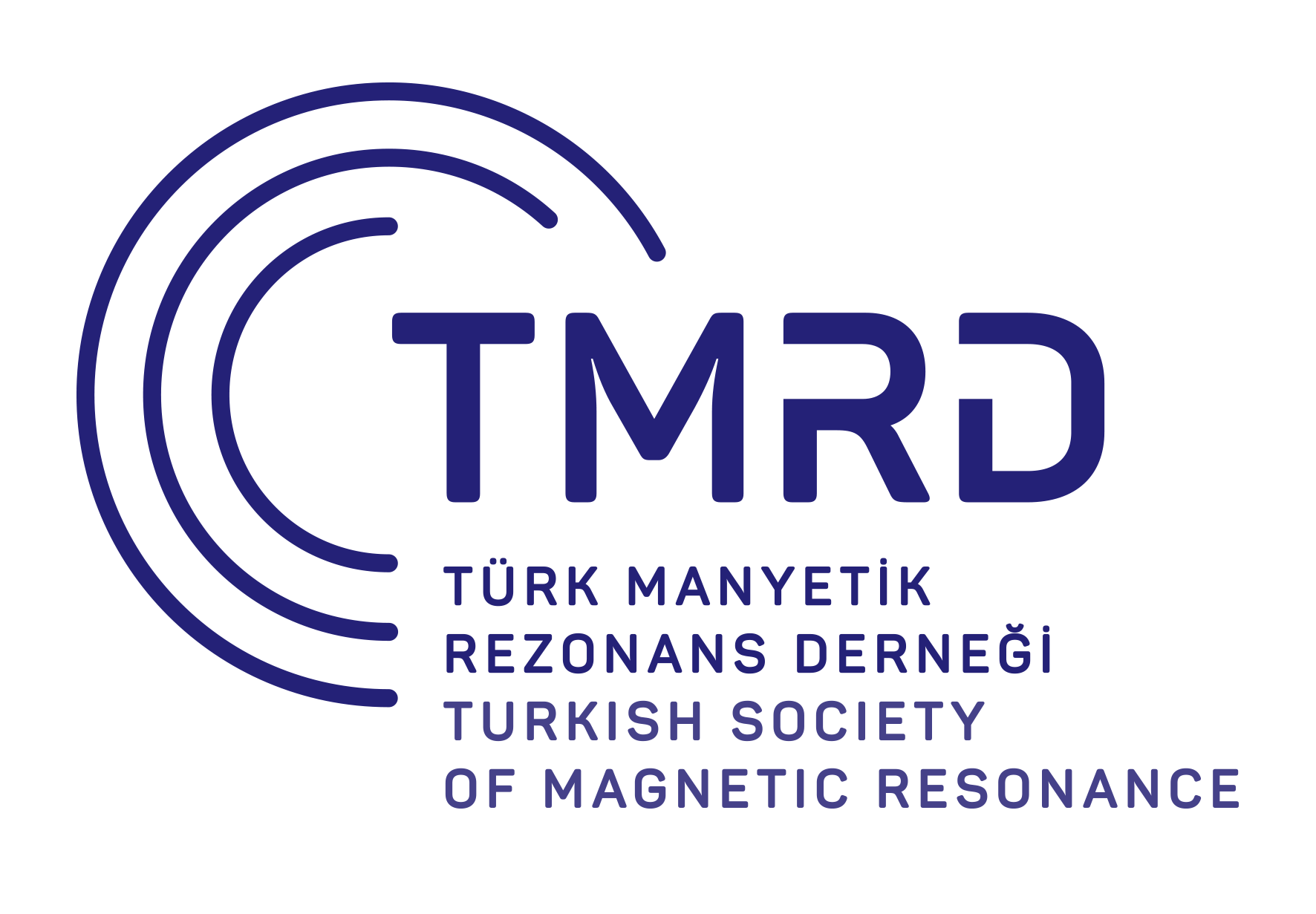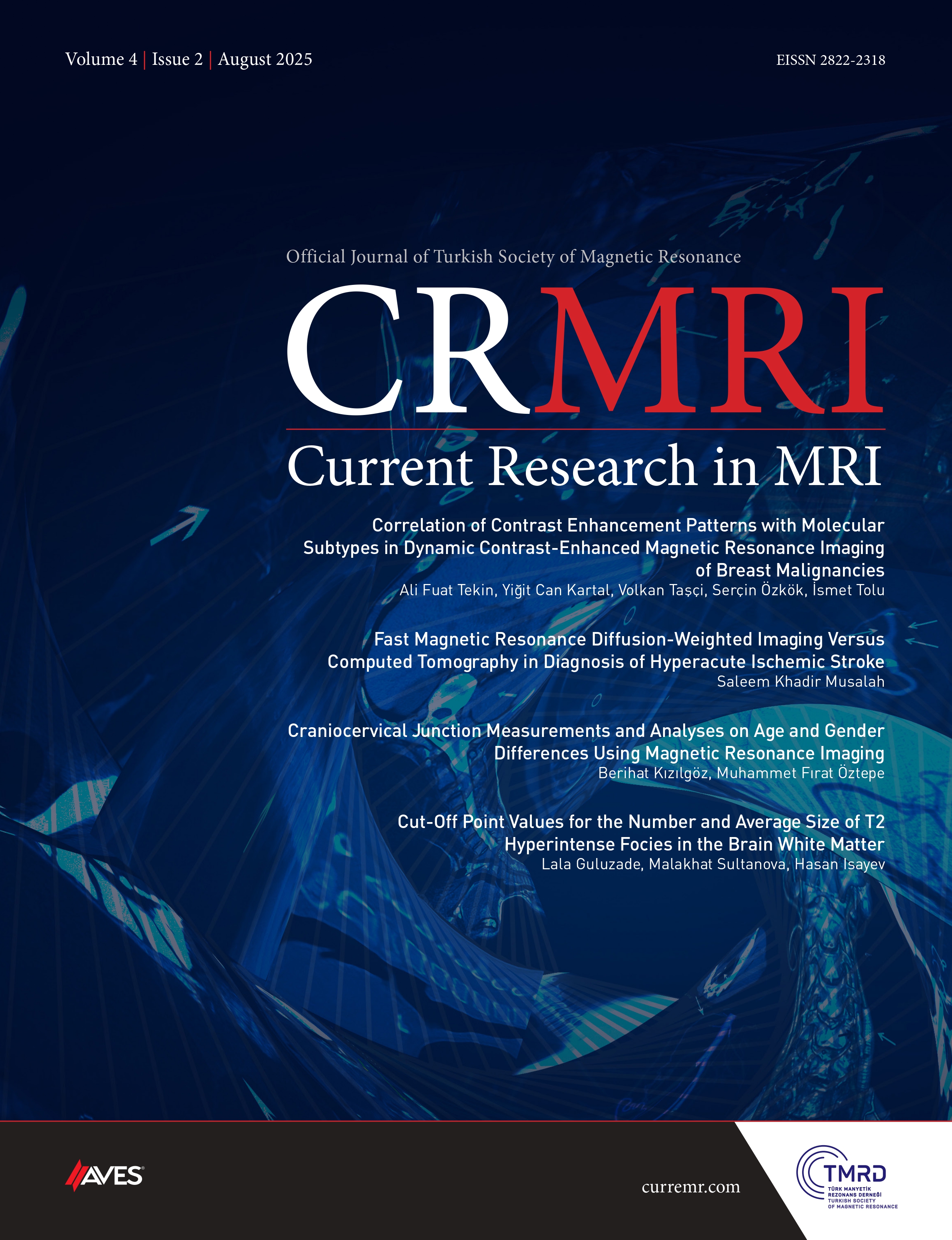Objective: Hyperacute ischemic stroke is a time-critical emergency that requires rapid and accurate diagnosis to enable timely intervention and improve outcomes. While non-contrast computed tomography (CT) is commonly used for initial evaluation due to its availability and speed, it has limited sensitivity for early ischemic changes, particularly in posterior circulation strokes. This study aimed to compare the diagnostic performance of fast diffusion‐weighted imaging (DWI) and CT in the detection of hyperacute ischemic stroke within 6 hours of symptom onset.
Methods: This prospective cross-sectional study included 72 patients presenting to Azadi Teaching Hospital, Duhok, between June and November 2024 with acute stroke symptoms. After excluding hemorrhage via non-contrast CT, eligible patients underwent DWI within 6 hours of symptom onset. Demographic, clinical, and imaging data were recorded and analyzed using SPSS.
Results: Among the 72 patients (mean age 64.7 years; 51.4% male), all underwent DWI within a mean of 3.2 hours from symptom onset. Left-sided infarctions were most common (62.8%), followed by right-sided (31.9%) and bilateral lesions (4.1%). The middle cerebral artery was the most frequently affected territory (58.3%). Hypertension was the most prevalent risk factor (63.8%), followed by diabetes (44.4%) and heart disease (37.5%). Diffusion‐weighted imaging detected acute ischemic lesions in 100% of patients, whereas CT detected lesions in only 37.5%. Computed tomography was particularly limited in detecting posterior circulation strokes.
Conclusion: Diffusion‐weighted imaging demonstrated superior sensitivity compared to CT in the diagnosis of hyperacute ischemic stroke, particularly for posterior fossa lesions. These findings support the adoption of magnetic resonance imaging–first imaging protocols in acute stroke settings. The establishment of a stroke management center in Duhok was recommended to facilitate rapid diagnosis and evidence-based care.
Cite this article as: Musalah SK. Fast magnetic resonance diffusion‐weighted imaging versus computed tomography in diagnosis of hyperacute ischemic stroke. Current Research in MRI, 2025;4(2):35-38.



.png)
